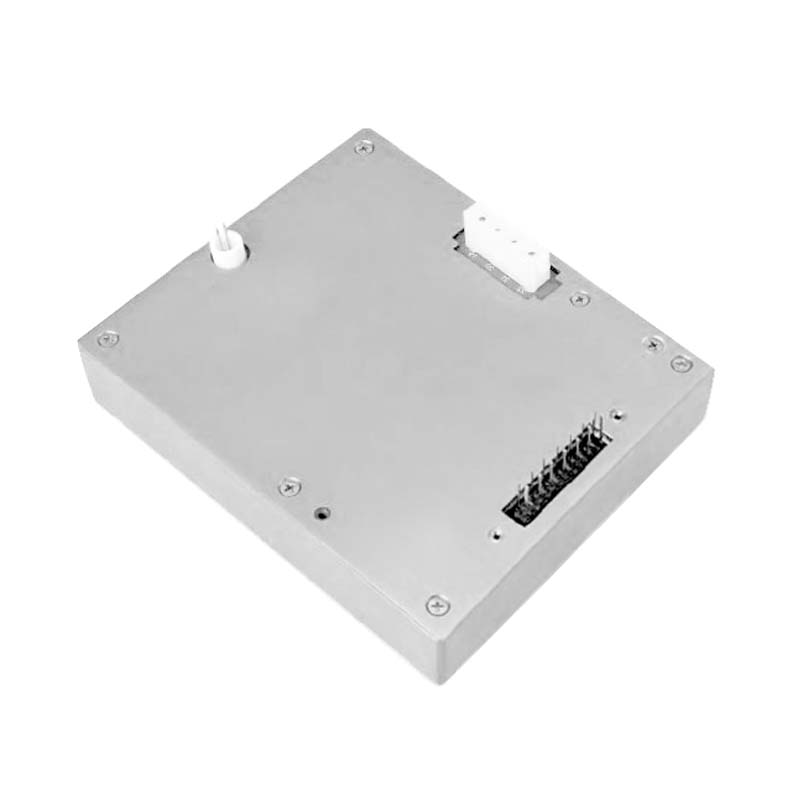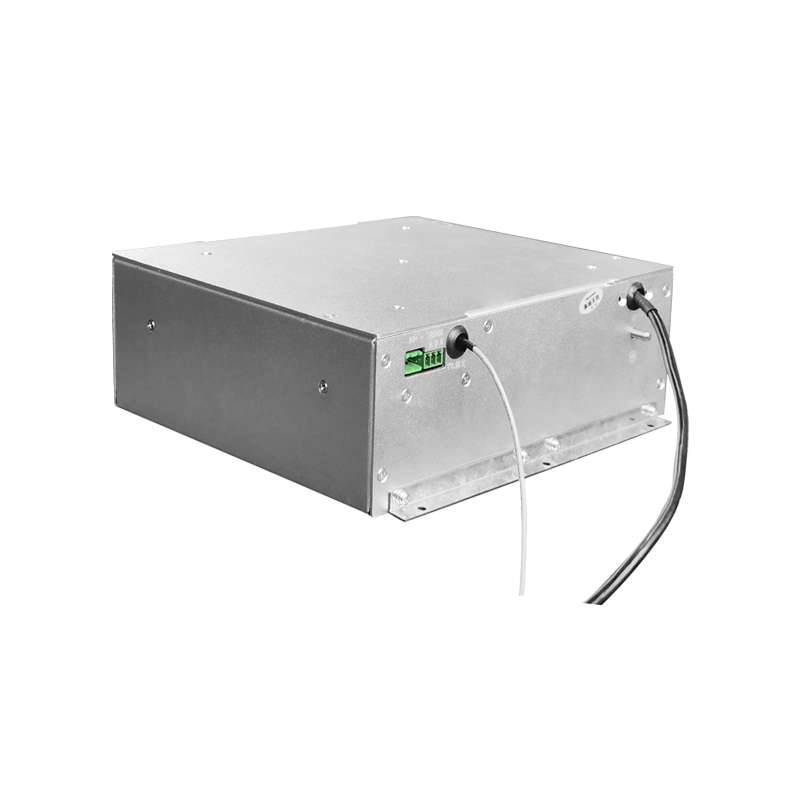Application of High-Frequency High-Voltage Power Supplies in Wireless Charging Systems
I. Introduction
With the rapid development of science and technology, wireless charging technology, as a convenient and efficient charging method, has been widely applied in numerous fields. In wireless charging systems, high-frequency high-voltage power supplies play a crucial role, providing core energy support and stable power supply for the entire charging process, and are one of the key elements in realizing efficient wireless charging.
II. Principles of High-Frequency High-Voltage Power Supplies
High-frequency high-voltage power supplies are obtained by performing a series of conversions on input power sources such as mains electricity. Firstly, a rectifier circuit is used to convert alternating current into direct current. Then, a high-frequency inverter circuit converts the direct current into high-frequency alternating current. During this process, under the action of the control circuit, power switching devices perform switching operations at an extremely high frequency, thus generating high-frequency alternating current. Subsequently, the voltage is adjusted to be increased or decreased through a high-frequency transformer to meet the voltage requirements of the wireless charging system. Finally, a stable high-frequency high-voltage output is obtained through rectification, filtering and other steps. Compared with traditional power supplies, such high-frequency high-voltage power supplies have significant advantages such as smaller size, lighter weight and higher efficiency.
III. Applications in Wireless Charging Systems
(A) Improving Charging Efficiency
In wireless charging systems, high-frequency high-voltage power supplies enable electrical energy to be efficiently transmitted in the form of high-frequency electromagnetic fields. The characteristics of high-frequency electromagnetic fields make the coupling between the transmitting end and the receiving end closer. When the high-frequency electrical energy output by the high-frequency high-voltage power supply generates an electromagnetic field through the transmitting coil, the receiving coil can capture this energy more effectively, reducing the energy loss during the transmission process and thus improving the overall efficiency of wireless charging. For example, in the application of wireless charging for electric vehicles, high-frequency high-voltage power supplies help to quickly charge the vehicle batteries and reduce the charging time, enhancing the user experience.
(B) Increasing the Charging Distance
Traditional wireless charging methods are often limited by the short charging distance. High-frequency high-voltage power supplies can increase the effective charging distance to a certain extent by increasing the intensity and frequency of the electromagnetic field. The high-frequency electromagnetic field generated by them has stronger penetration ability and radiation range, enabling the receiving end to receive sufficient electrical energy for charging even at a farther distance. This is of great significance for the wireless charging of some special application scenarios, such as underwater equipment and unmanned aerial vehicles, broadening the application range of wireless charging technology.
(C) Enabling Simultaneous Charging of Multiple Devices
In some public places, such as conference rooms and airport waiting lounges, it is necessary to charge multiple devices simultaneously. High-frequency high-voltage power supplies can achieve simultaneous power supply to multiple receiving devices by designing a reasonable transmitting coil array and power distribution system. By precisely controlling the power and frequency output by the high-frequency high-voltage power supply, each receiving device can obtain a stable charging power, avoiding mutual interference between devices and improving the compatibility and practicability of the wireless charging system.
IV. Technical Challenges and Solutions
(A) Electromagnetic Compatibility Issues
During the operation of high-frequency high-voltage power supplies, strong electromagnetic interference will be generated, which may affect the normal operation of other electronic devices in the surrounding area. To solve this problem, electromagnetic shielding technology needs to be adopted to effectively shield the power supplies and charging systems. Meanwhile, the circuit design should be optimized to reduce the level of electromagnetic radiation, such as using power switching devices with low electromagnetic interference and adopting a reasonable wiring method.
(B) Safety Issues
High-frequency high-voltage power supplies involve high voltages and high-frequency electromagnetic fields, posing certain safety hazards. To ensure safety, a complete protection circuit, such as overvoltage protection, overcurrent protection and leakage protection, needs to be designed in the wireless charging system. In addition, the intensity of the electromagnetic field should be strictly controlled to meet international safety standards, avoiding adverse effects on human bodies and other organisms.
V. Conclusion
The application of high-frequency high-voltage power supplies in wireless charging systems has promoted the rapid development of wireless charging technology. It has shown great advantages in improving charging efficiency, increasing the charging distance and enabling simultaneous charging of multiple devices. Although challenges such as electromagnetic compatibility and safety are faced during the application process, these problems are being gradually solved through continuous technological innovation and improvement. In the future, with the further improvement of high-frequency high-voltage power supply technology, wireless charging systems will be widely applied in more fields, bringing greater convenience to people's lives and production.




















